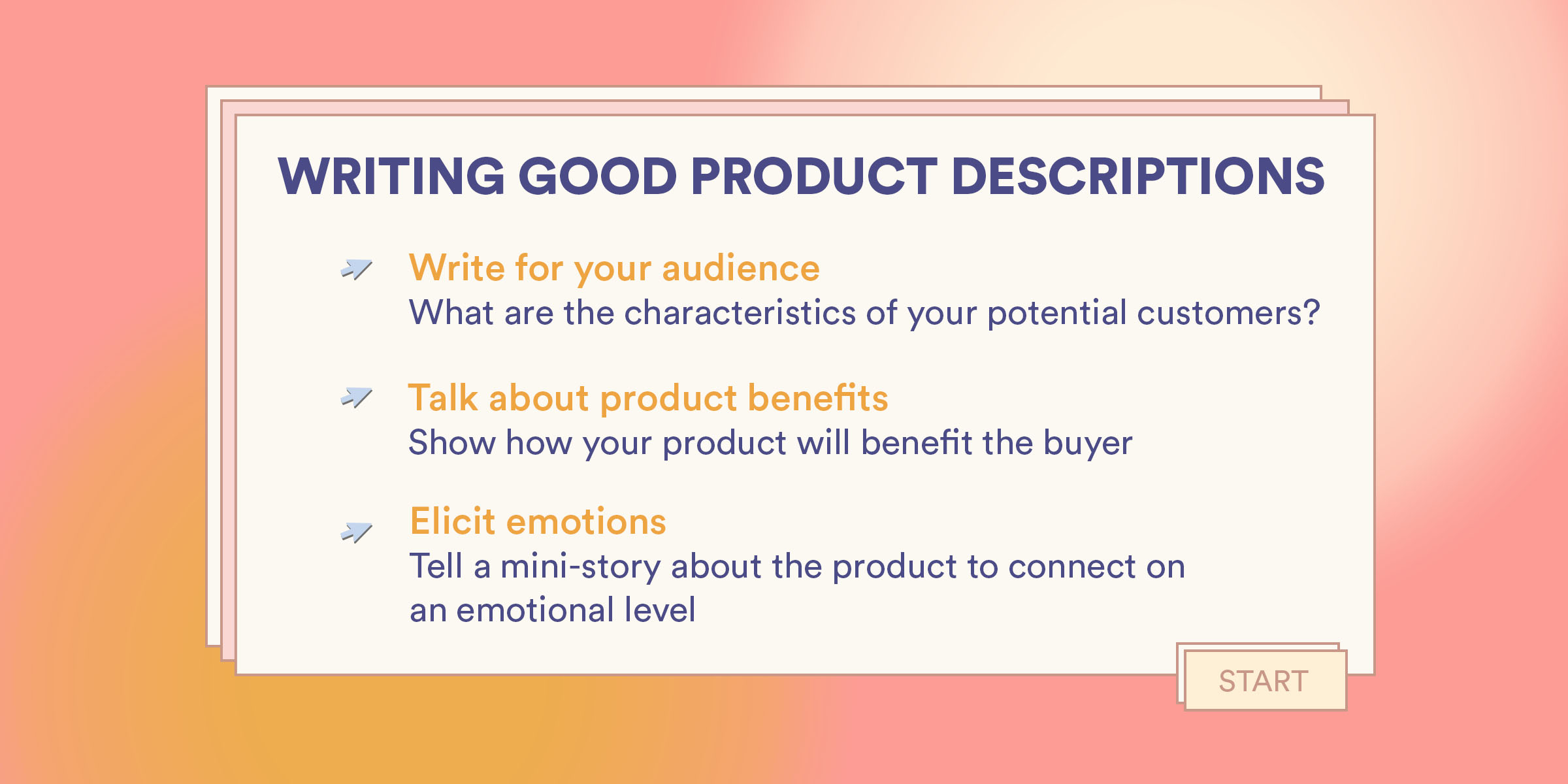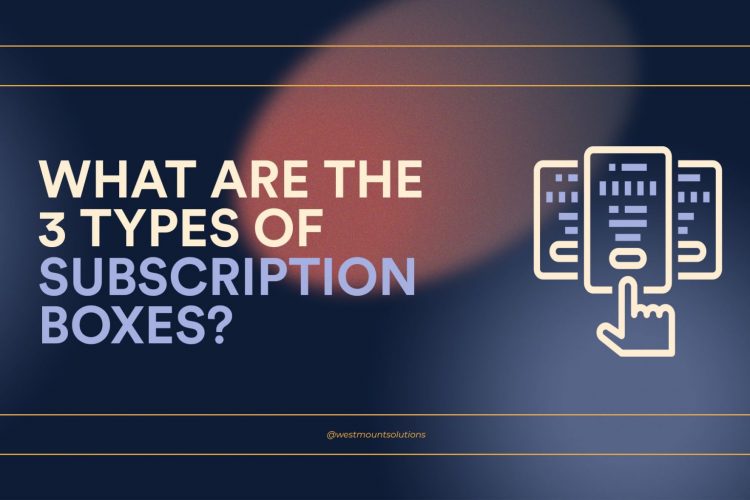
Product descriptions are crucial to not only giving information to potential customers but also telling the product story. This mix of emotional and technical copy tells the customers exactly why this product is something they need in their life. During a physical shopping experience, customers can touch and see products, but online shopping relies solely on photography and powerful product descriptions to deliver information. Here’s how to make sure your product descriptions pack a punch.
1. Write for your audience
Before writing, ask yourself “What are the characteristics of my potential customers?”
Are they a middle-aged person shopping for work shirts or are they a college-aged student browsing sunglasses? Consider factors like age and gender when writing for an audience and use appropriate language.
2. Talk about product benefits
Show how your product will benefit the buyer. Why does your potential customer need this product in their life? Potential buyers aren’t interested in ordinary descriptor words, they want to know the benefits of ownership instead.
Consider the differences between the following sentences:
“Made from linen, a breathable, durable and natural fabric.”
“Made from linen that warms you in the winter and cools you in the summer.”
While both sentences describe linen, the second sentence clearly states why linen would be beneficial to a customer.
3. Elicit emotions
Because humans rely on emotions when making decisions, telling a mini-story about the product will create an emotional connection.
This example from our client knit collage talks about the daisy chain and evokes memories of childhood summers and spending time outdoors making flower wreaths.
“Our Daisy Chain yarn was born out of our eternal love for daisy chains, flower crowns and all the wonderful feelings connected to them.”
Do daisy chains have anything to do with yarn, the product that knit collage sells? Not really. But evoking those childhood memories taps into powerful emotions, thus influencing the customer to buy the product.
4. Optimize for SEO
Using the right keywords in your product descriptions will improve the discoverability of your site. Some quick research about your product using SEO tools like SEMrush, Ahrefs or Google Search Console (just to name a few) will give you a list of keywords to incorporate into the headlines and body copy of your product descriptions.
Here are Shopify’s recommendations for SEO keywords
- Once in the page’s URL
- Once in the product description title
- Once or twice in the body copy
- Once in the alt image tag
SEO optimization is an art – consider working with an SEO professional who will be able to recommend which keywords to place and where.
5. Avoid redundant and generic words
Very high-quality. Great value purchase. These types of words don’t add anything to your product description and offer no extra information. Instead, use unique words that relate to the specific product you’re writing about.
The final word
Your product page is one of the most important places a customer will visit. Make sure it looks and reads great. If you need help updating, organizing or completely revamping your product pages get in touch with us.
Author
Tatiana Dudin
Tatiana is passionate writer with over 10 years of experience writing for the tech industry.


